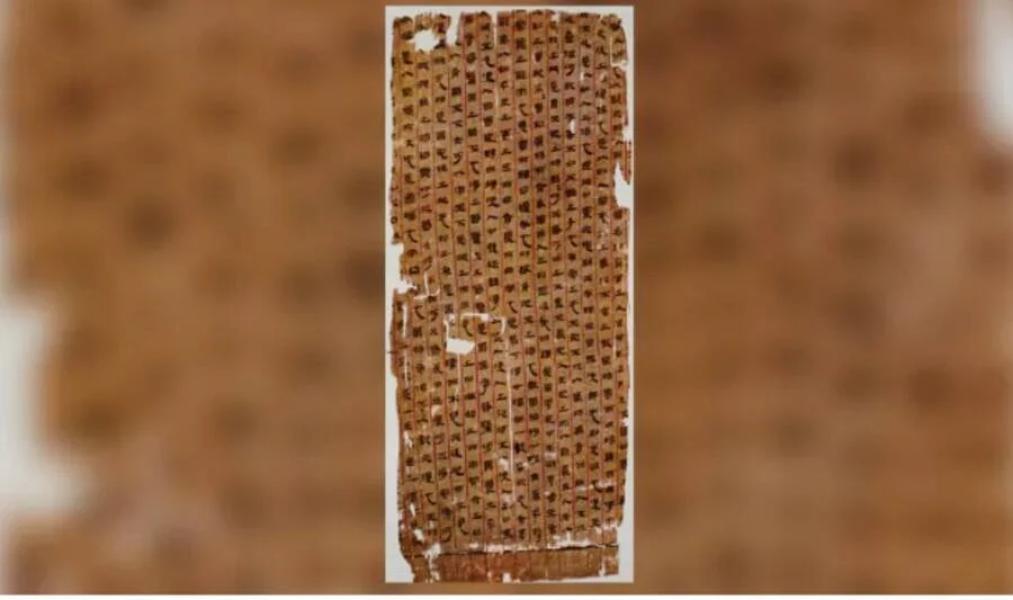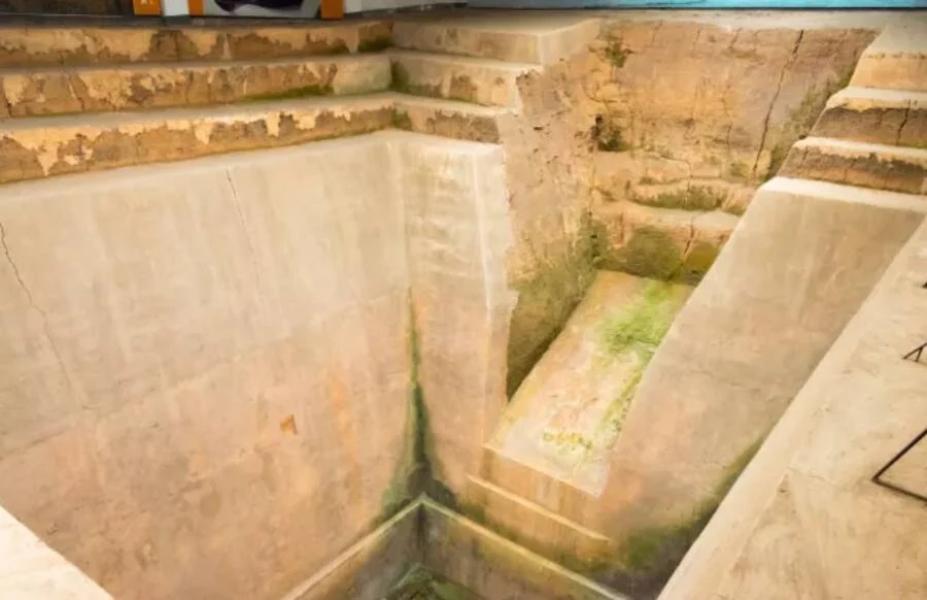The discovery of text written on silk illuminates important medical advances that led to the development of acupuncture in ancient China.

The History Collection/Alamy The 2,200-year-old silk text is the oldest known anatomical diagram in the world.
Archaeologists have found many unexpected objects while excavating ancient tombs around the world. In 2017, researchers studying the site of a 2,200-year-old Chinese tomb found not only human remains, but also what may be the oldest known study schedule of the human body.
According to Live Science , Chinese text written on silk was found inside tombs at the Maungdui site in south-central China.
The tombs belonged to the Marquis of Dai and his family. The corpse of the Marquis's wife, Xin Zhui, also known as Lady Dai, is renowned as one of the best-preserved mummies in the world.
Known as the Maungdui Medical Manuscripts, the Chinese texts found inside the tombs are the subject of a study published in The Anatomical Record . The ancient text contains anatomical descriptions of the human body, making it the earliest known to researchers. However, deciphering the contents of the ancient silk script has proven to be a difficult task.
“The skills required to interpret them are varied and require the researcher to first be able to read the original Chinese text and then conduct anatomical studies that allow the structures referenced in the texts to be revisited,” the study said.

Shutterstock A medical text has been discovered in the tombs of the famous Mawangdui site in China.
The authors of the ancient Chinese text used the term “meridian.” This term is most often associated with acupuncture, a traditional Chinese medical treatment that focuses on regulating blood flow within the body.
Researchers interpret a “meridian” as a large blood vessel that runs through different parts of the body.
For example, one line of an ancient text has been translated as describing a meridian located “in the center of the palm, running down the forearm between the two bones, right along the tendons, continuing down the tendon into the biceps, to the armpit and connecting with the heart,” following the path of the ulnar artery.
Another part of the text describes a “meridian” in the foot that “starts at the big toe and runs along the medial surface of the leg and thigh. It joins at the ankle, knee and hip. It runs along the adductor muscles of the thigh and encircles the abdomen.” This corresponds to the location of the saphenous vein.
The findings are remarkable for two reasons. First, given the age of the tombs, which date back to the Han Dynasty between 206 BCE and 220 CE, the texts are without a doubt the oldest known medical charts describing human anatomy in the world.
As the article notes, the Chinese text “represents the earliest surviving anatomical atlas, intended to provide a concise description of the human body for students and practicing physicians in ancient China.”
Sourse: www.allthatsinteresting.com





